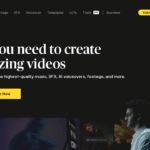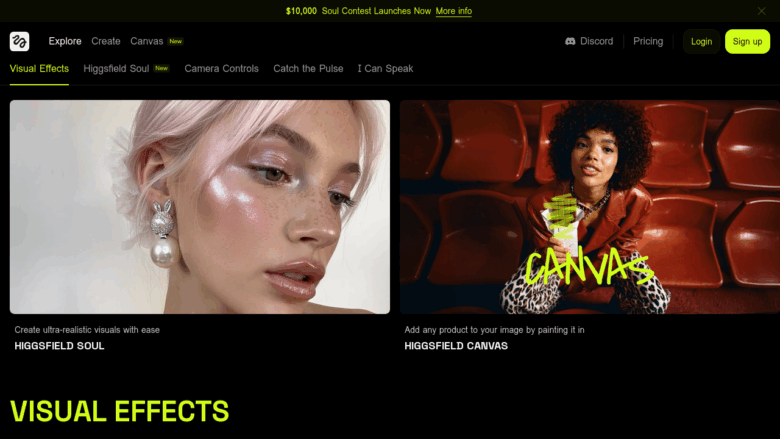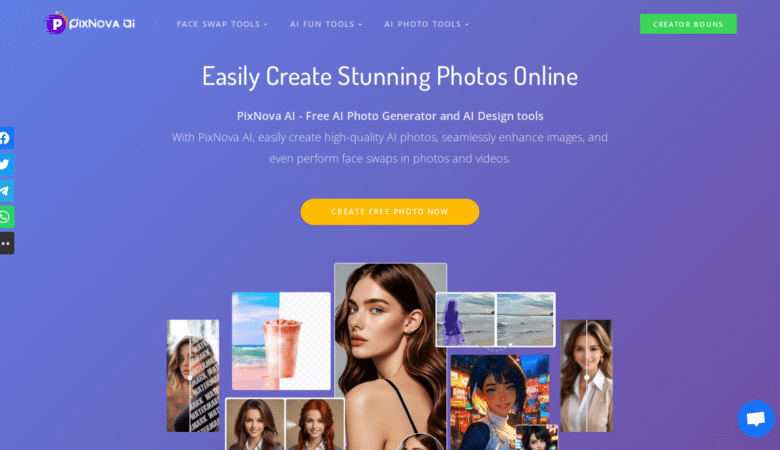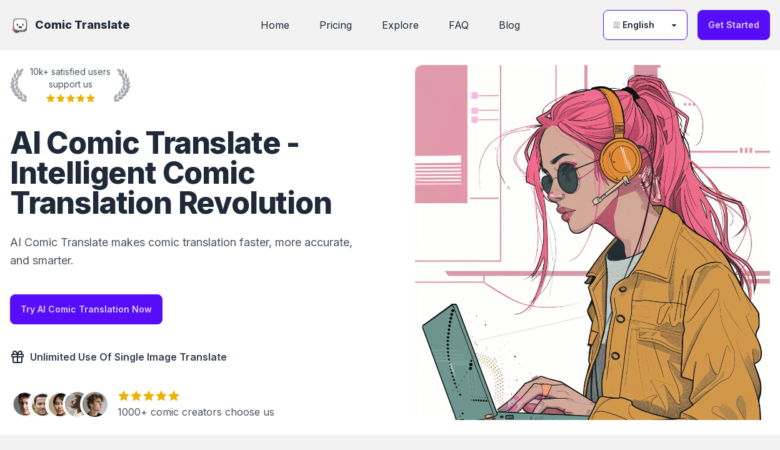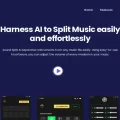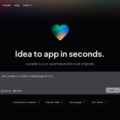In the ever-evolving landscape of digital design, AI-powered tools are revolutionizing the way creators bring their visions to life. Among these innovative platforms, Recraft AI stands out as a versatile and powerful solution for designers, marketers, and content creators alike. This comprehensive review will delve into the features, capabilities, and potential applications of Recraft AI, exploring how it’s reshaping the world of digital design.
What is Recraft AI?
Recraft AI is an advanced artificial intelligence-driven design platform that offers a wide array of tools for creating stunning visuals, from AI-generated images and vectors to icons, wallpapers, and more. By leveraging cutting-edge machine learning algorithms, Recraft AI empowers users to produce high-quality designs quickly and efficiently, without the need for extensive design experience or technical skills.
Key Features of Recraft AI
1. AI Image Generator
At the heart of Recraft AI lies its powerful AI image generator. This tool allows users to create unique, high-resolution images based on text prompts or visual inputs. Whether you’re looking to generate realistic photographs, abstract art, or anything in between, the AI image generator can bring your ideas to life with remarkable accuracy and detail.
2. AI Vector Generator
For those in need of scalable graphics, Recraft AI’s vector generator is a game-changer. This feature enables users to create vector images that can be resized without loss of quality, making it ideal for logos, icons, and other design elements that need to look crisp at any size.
3. Icon Creator and Generator
Creating custom icons has never been easier thanks to Recraft AI’s icon creator and generator. Whether you need a simple glyph or a complex illustrated icon, this tool can produce a wide variety of styles to suit your project’s needs.
4. Wallpaper Generator
Recraft AI’s wallpaper generator is perfect for creating eye-catching backgrounds for desktops, mobile devices, or web designs. With customizable options for style, color, and composition, you can create unique wallpapers that perfectly complement your brand or personal aesthetic.
5. AI Mockup Generator
Presenting your designs in context is crucial for client presentations or marketing materials. Recraft AI’s mockup generator allows you to easily place your designs on various products or in different environments, giving a realistic preview of how they’ll look in the real world.
6. Image Vectorizer
Converting raster images to vector format can be a time-consuming process, but Recraft AI’s image vectorizer makes it a breeze. This tool can quickly transform JPEGs, PNGs, and other raster formats into scalable vector graphics, preserving the quality and detail of the original image.
7. AI Meme Generator
In the age of viral content, Recraft AI’s meme generator is a valuable tool for marketers and social media managers. This feature allows you to create engaging, shareable memes that can help boost your brand’s online presence and engagement.
Applications and Use Cases
Recraft AI’s versatility makes it suitable for a wide range of applications across various industries:
Graphic Design: Create logos, icons, and illustrations for branding and marketing materials.
Web Design: Generate custom wallpapers, backgrounds, and design elements for websites and apps.
Social Media Marketing: Produce eye-catching visuals and memes for social media campaigns.
Product Design: Use the mockup generator to visualize products in different contexts.
Publishing: Generate book covers, illustrations, and other visual content for digital and print publications.
Game Development: Create assets, characters, and environments for video games and interactive media.
Advertising: Design banners, posters, and other promotional materials for online and offline campaigns.
Pros and Cons of Recraft AI
Pros:
Versatility: Offers a wide range of tools for various design needs.
Time-saving: Generates high-quality designs quickly, reducing production time.
User-friendly: Intuitive interface suitable for both beginners and experienced designers.
Customization: Provides extensive options for tailoring designs to specific needs.
Scalability: Vector output ensures designs look great at any size.
Cons:
Learning curve: While user-friendly, mastering all features may take time.
Dependency on AI: May not always capture the nuanced creativity of human designers.
Limited control: Some users may find the AI-generated outputs less customizable than traditional design tools.
How Recraft AI Compares to Other AI Design Tools
While there are several AI-powered design tools on the market, Recraft AI distinguishes itself through its comprehensive suite of features and focus on vector graphics. Unlike some competitors that primarily focus on image generation, Recraft AI offers a more holistic approach to design, covering everything from initial concept to final mockup.
The Future of AI in Design
As AI technology continues to advance, tools like Recraft AI are likely to become increasingly sophisticated and integral to the design process. We can expect to see even more realistic outputs, greater customization options, and potentially, AI assistants that can understand and interpret complex design briefs.
Recraft AI represents a significant leap forward in the world of AI-powered design tools. Its diverse range of features, from AI image and vector generation to mockup creation and meme design, make it a versatile solution for a wide array of creative needs. While it may not entirely replace human creativity and intuition, Recraft AI certainly has the potential to enhance and streamline the design process, making it an invaluable tool for designers, marketers, and content creators in the digital age.
Whether you’re a professional designer looking to boost your productivity or a novice seeking to create stunning visuals without extensive design experience, Recraft AI offers a powerful and accessible platform to bring your creative visions to life. As AI technology continues to evolve, we can expect tools like Recraft AI to play an increasingly important role in shaping the future of digital design.
